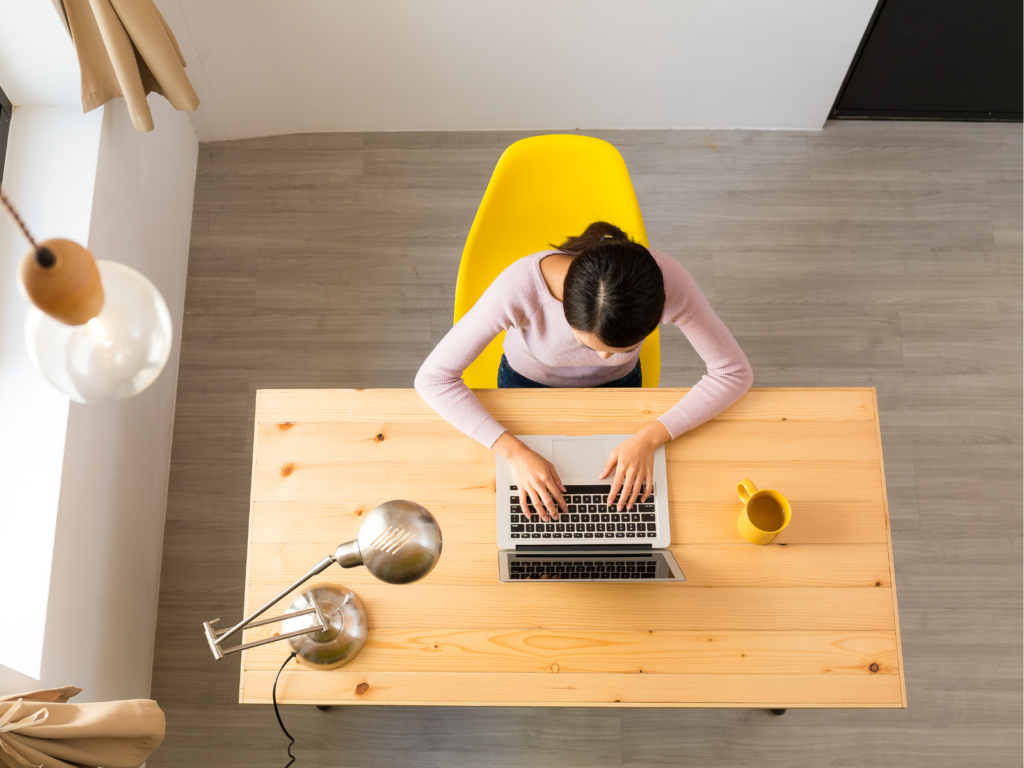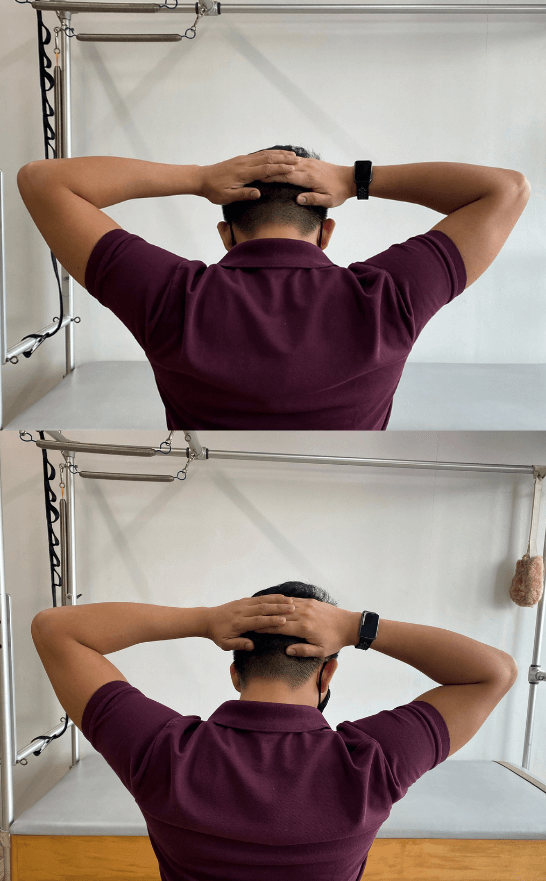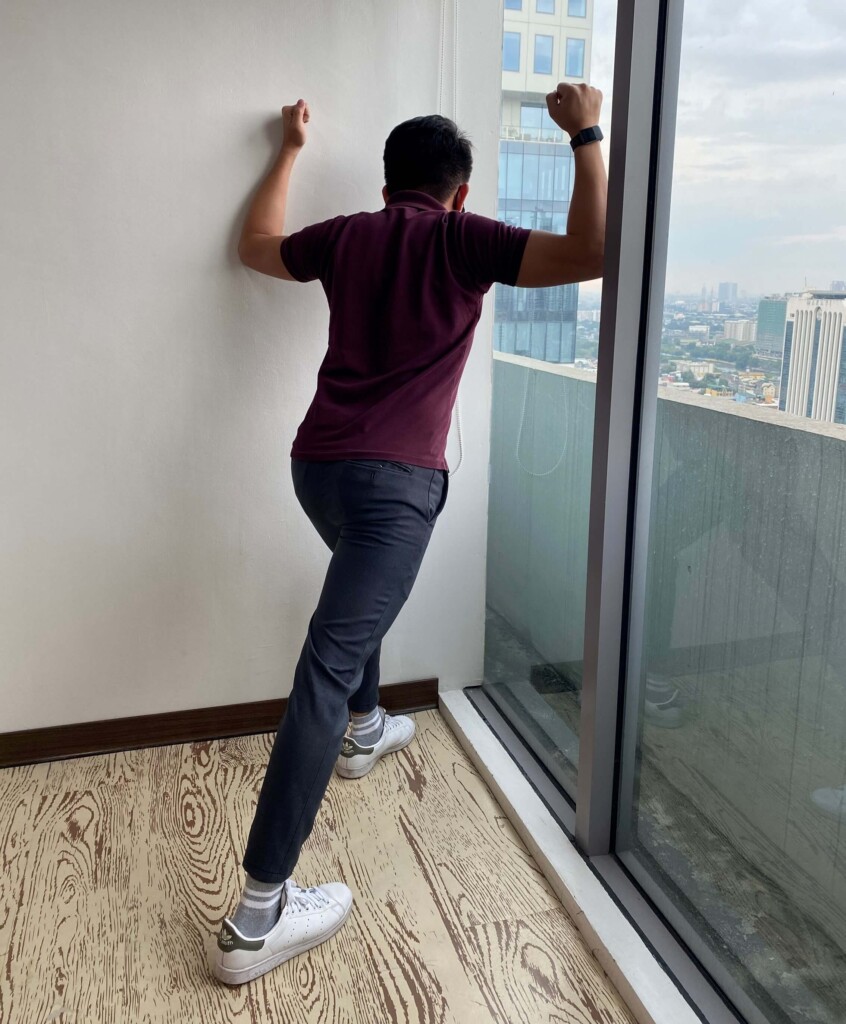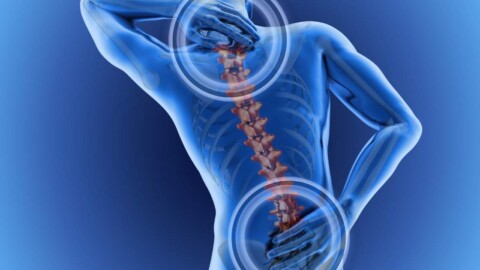Being confined within the work space that consists of a laptop, a chair, and a pair of earphones at home became the new normal for most of the working population. Since the pandemic hit, the switch from office space to the confines of a room at home has led to a lot of musculoskeletal problems. The common complaints physiotherapists encounter range from neck problems to lower back problems. One of the prevalent outcomes of neck problems are headaches, often reported to be either Migraine or Tension headaches.

Migraines and Tension Headaches: Which is which?
Migraine is often described as a throbbing, one-sided headache that usually worsens with physical activity. Genetics play a role in the occurrence of a migraine, hence, it is most likely passed down within the family. It is often used interchangeably with tension type Headache which is characterized by muscle stiffness, muscle tender points, and often results in a referred pain to the forehead. Compared to migraines, tension type headaches are commonly associated with stress factors such as financial stress, anxiety and depression, and physical activity. Muscle stiffness is one of the major distinguishing characteristics that separates migraine and tension headache. What these two have in common however, are trigger points.
Migraines vs. Tension Type Headaches
Migraines
● One-sided headache
● Throbbing type
● Worsened by physical activity
Tension Type Headaches
● Bilateral or both sides of the temples
● Described as stiff, limiting
● Caused by physical, emotional, and sometimes mental stress
● Usually accompanied by improper posture
What are Trigger Points?
Trigger points are the circular nodules that are palpable on one’s upper back, which is the area between your neck and shoulder. These are knotted muscles which develop as a result of a prolonged and often awkward position of the neck in relation to the shoulder. Individuals who work with laptops or computers for long hours are at higher risk for developing trigger points. Improper sitting posture, workstation ergonomics, and muscle stiffness are some of the determinants that develop trigger points.

Although migraine and tension headaches differ in severity, both are highly associated with trigger points. Trigger points can either be latent or active, with the latter one contributing to the occurrence of neck position-related headaches. Pressing on the trigger points or the palpable nodule often elicits pain (tenderness). Sometimes the pain can be referred all the way to the forehead, thus aggravating the headache. Oftentimes, the more trigger points there are, the more likely it is that a person can experience tension headaches or migraines.
What Can We Do About It?
Trigger points have a muscular origin and are often accompanied by muscle tightness. Stretching addresses the stiffness, increases muscular flexibility, and at the same time, addresses the improper posture. Sustained or static stretching also alleviates the pain and usually results in relief of symptoms. Muscles involved that should be stretched do not solely focus on the neck. Muscles of the chest and the upper back are stretched to also address the improper posture. Two other ways to alleviate tightness and trigger points are trigger point manual therapy and dry needling, both proven to be effective in alleviating trigger points that cause headaches. These exercises and physiotherapy techniques, accompanied by strengthening and muscle endurance exercises, decrease the risk of recurring muscle tightness and further injury, increasing muscle performance on a daily basis.
Self-Stretching Exercises
Stretching tight muscles is one of the important exercises that can address trigger points and alleviate pain. Being able to do them on a regular basis, especially when working for long hours in front of a laptop or computer, helps in addressing tightness while at home or in the office. It also helps prevent further tightness especially on days when working longer than usual.
Stretching of Upper Back Muscles

This can be done in sitting position. Keep your back straight. One hand holds on to the edge of the chair. Turn your head to the right or left for 45 degrees and look down. Your other hand should push your head down until you feel a stretch on the side opposite where you face. Hold the position for 15 seconds and repeat 3 times.
Stretching of Muscles Behind the Neck

This self-stretch can be done in sitting or standing. Keep your back straight, and place both hands behind the head. Look down and use your hands to press downwards. You can tilt your head either left or right for a more optimal stretch of either side. Hold for 15 seconds and repeat 3 times.
Stretching of Chest Muscles

Face the corner of the wall. Raise your shoulders to the sides and bend your elbows to 90 degrees. Place your bent elbows on either side of the wall corner and put one foot forward. Lean forward until you feel a stretch. Hold the position for 15 seconds and repeat 3 times.
Proper Workstation Ergonomics: Preventing Further Muscle Imbalance
While stretching on a regular basis is important, it is also essential to modify our workstation both at home and in the office. This also prevents muscle tightness, keeps the proper spinal alignment, and promotes better posture.

Chair
The chair should allow both hips and knees to be bent at 90 degrees. If the chair is too high, a foot stool is recommended. Chair back rest should at least fall on the bottom tip of your shoulder blade to allow sufficient back support while maintaining appropriate neck mobility. A small pillow placed on the lower back would allow awareness to keep the back straight and maintain the normal curves of the spine
Table
Table height should be sufficient enough to allow the elbows to be bent at 90 degrees with the shoulder relaxed. This ensures that the shoulders do not need to be elevated to accommodate typing or writing.
Monitor
Monitor should ideally be eye level or slightly lower. This allows your neck to be in a neutral position while maintaining its natural curve. A low-positioned monitor or laptop encourages looking down thus straining the neck and curving the upper back in a slouched position. This should be avoided as this puts strain on the neck, upper back, and lower back.
Stretching and workstation ergonomics are essential in alleviating and preventing muscle imbalances around the neck and upper back areas. Modifying the workstation helps prevent further injury and recurrence of muscle tightness and trigger points that lead to headaches. This, along with proper exercise helps promote proper posture and optimize muscle performance so work does not need to be delayed.
If you experience persisting migraines or tension headaches, do consult a physiotherapist or a medical practitioner for advice and guidance on how to manage it.

Written by: Czarina “Cha” Mangubat
Cha is an experienced physiotherapist having treated a wide range of work and sports related injuries, particularly spinal conditions and neuro physical therapy. Her current area of interest is spinal manipulation and neuromuscular facilitation. She feels most satisfied when seeing her patients heal from their injuries and can return to their lives free from pain.
Sources:
Do, T. P., Heldarskard, G. F., Kolding, L. T., Hvedstrup, J., & Schytz, H. W. (2018). Myofascial trigger points in migraine and tension-type headache. The Journal of Headache and Pain, 2-17.
Lighart, L., Huijgen, A., Willemsen, G., Geus, E. J., & Boomsa, D. I. (2018). Are Migraine and Tension-Type Headache Genetically Related? An Investigation of Twin Family Data. Twin Reasearch and Human Genetics, 112-118.
Lew, J., Kim, J., & Nair, P. (2021). Comparison of dry needling and trigger point manual therapy in patients with neck and upper back myofascial pain syndrome: a systematic review and meta-analysis. Journa of Manual & Manipulative Therapy, 136-146.


